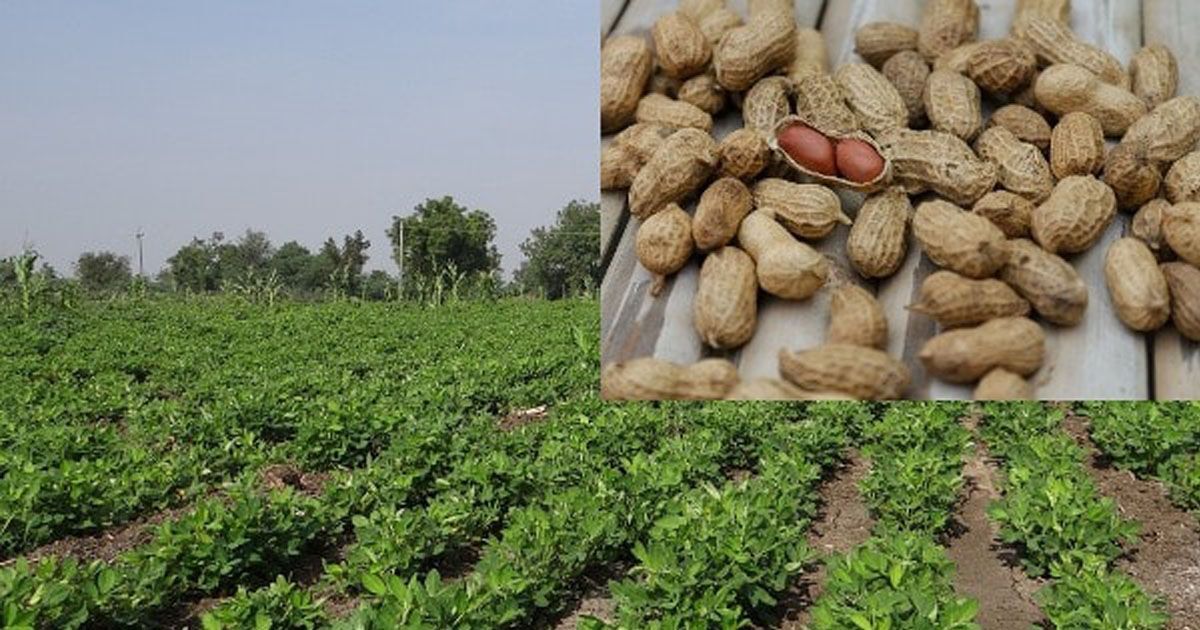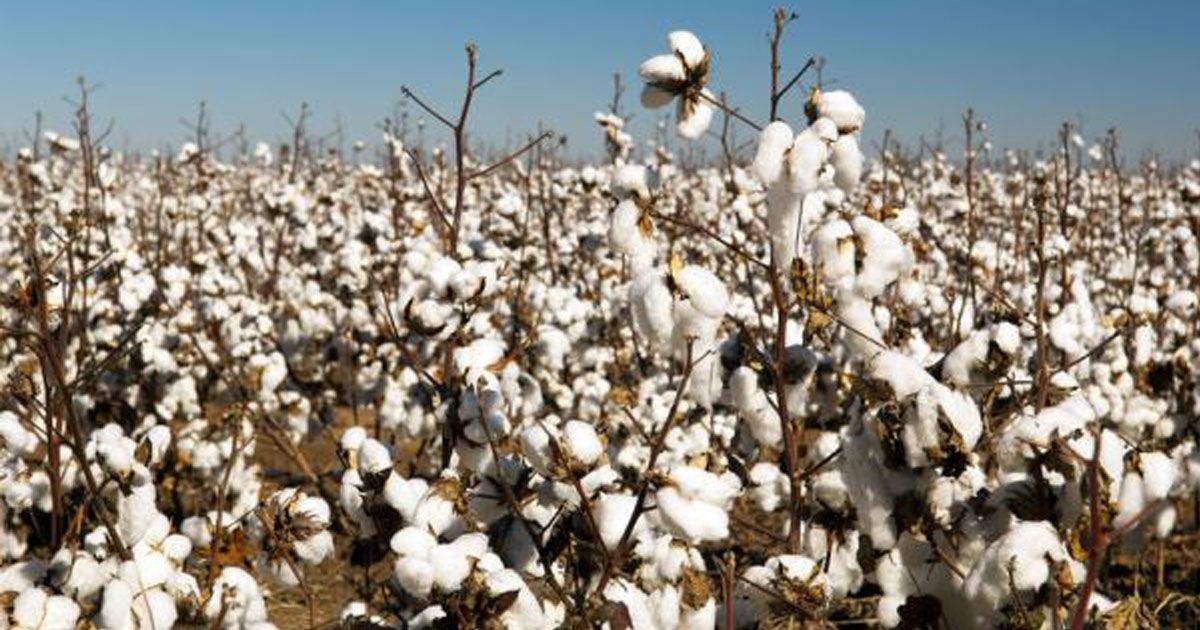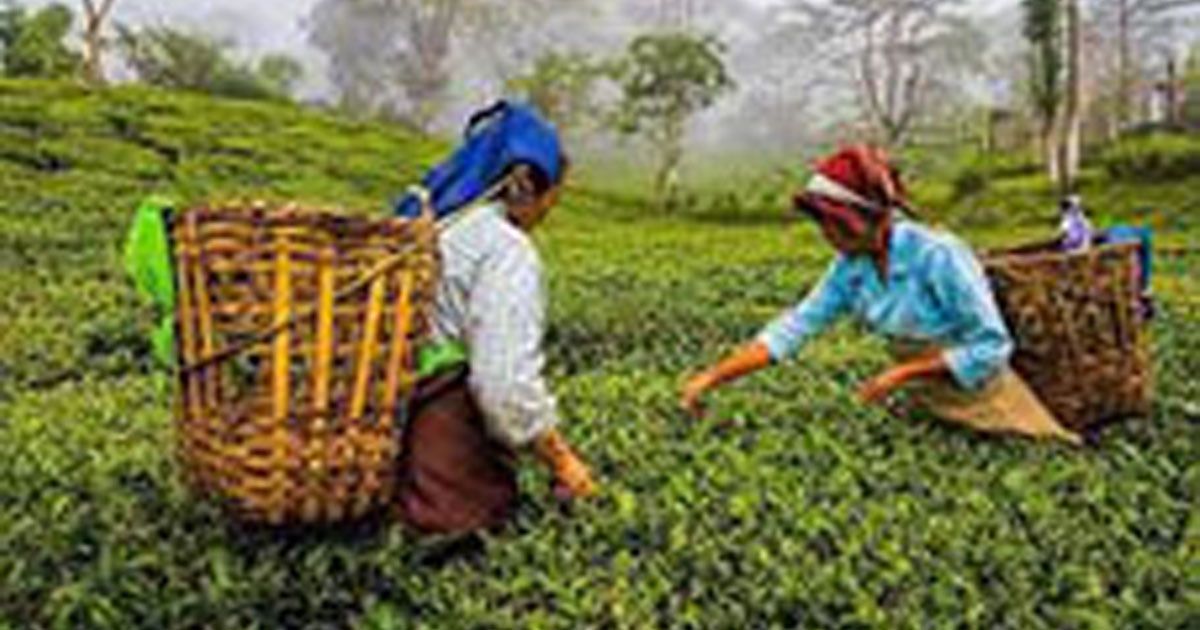
LakshyaforIAS,
Guwahati.
https://www.facebook.com/Lakshyaforias-233850620321465/Part D10: AGRICULTURE-II
Oilseeds
(i) Groundnut
* India produces about 16.6 per cent of the total groundnut production in the world (2016).
* It is largely a rain-fed kharif crop of drylands.
* It covers about 3.6 per cent of the total cropped area in the country.
* Gujarat, Rajasthan, Tamil Nadu, Telangana, Andhra Pradesh, Karnataka, and Maharashtra are the leading producers.

(ii) Rapeseed and mustard
* Rapeseed and mustard comprise several oilseeds such as rai, sarson, toria, and taramira. These are subtropical crops cultivated during Rabi season in north-western and central parts of India.
* These are frost-sensitive crops and their yields fluctuate from year to year.
* These oilseeds together occupy only about 2.5 per cent of the total cropped area in the country.
* Rajasthan contributes about one-third production, while other leading producers are Haryana and Madhya Pradesh.
(iii) Other oilseeds
* Soyabean and sunflower are other important oilseeds grown in India.
* Soyabean is mostly grown in Madhya Pradesh and Maharashtra – producing about 90 per cent of the total output of soyabean in the country.
* Sunflower cultivation is concentrated in Karnataka, Andhra Pradesh, Telangana, and adjoining areas of Maharashtra.
Fibre crops

(i) Cotton
* Cotton is a tropical crop grown in kharif season in semi-arid areas of the country. India lost a large proportion of its cotton-growing area to Pakistan during Partition. However, its acreage has increased considerably during the last 50 years.
* India grows both short-staple (Indian) cotton as well as long-staple (American) cotton called ‘narma’ in north-western parts of the country.
* India ranks second in the world in the production of cotton after China. It occupies about 4.7 per cent of the total cropped area in the country.
* There are three cotton growing areas, i.e., parts of Punjab, Haryana, and northern Rajasthan in the north-west; Gujarat and Maharashtra in the west; and plateaus of Andhra Pradesh, Karnataka, and Tamil Nadu in the south. Leading producers of this crop are Gujarat, Maharashtra, and Telangana.
(ii) Jute
* Jute is used for making coarse cloth, bags, sacks, and decorative items. It is a cash crop in West Bengal and adjoining eastern parts of the country.
* India lost large jute growing areas to East Pakistan (now Bangladesh) during Partition.
* At present, India produces about three-fifth of the total jute production in the world.
*West Bengal accounts for about three-fourth of the production in the country. Bihar and Assam are other jute-growing areas. Being concentrated only in a few states, this crop accounts for only about 0.5 per cent of the total cropped area in the country.
Other crops
Sugarcane, tea, and coffee are other important crops grown in India.
(i) Sugarcane

* Sugarcane is a crop of tropical areas. Under rain-fed conditions, it is cultivated in sub-humid and humid climates. But, it is largely an irrigated crop in India.
*Uttar Pradesh produces about two-fifth of the sugarcane of the country. Maharashtra, Karnataka, Tamil Nadu, and Andhra Pradesh are other leading producers of this crop.
*India was the second-largest producer of sugarcane after Brazil in 2015. It accounts for about 19 per cent of the world production of sugarcane. But, it occupies only 2.4 per cent of the total cropped area in India.
(ii) Tea

* Tea is a plantation crop used as a beverage. Black tea leaves are fermented whereas green tea leaves are unfermented.
* Tea leaves have rich content of caffeine and tannin.
* It is an indigenous hill crop of northern China.
*It is grown over undulating topography of hilly areas and well-drained soils in humid and sub-humid tropics and sub-tropics.
*In India, tea plantation started in the 1840s in the Brahmaputra Valley of Assam which still is a major tea growing area in the country.
*Later on, its plantation was introduced in the sub-Himalayan region of West Bengal (Darjeeling, Jalpaiguri, and Cooch Behar districts). Tea is also cultivated on the lower slopes of Nilgiri and Cardamom Hills in the Western Ghats.
* India is a leading producer of tea and accounts for about 21.1 per cent of the total production in the world (2016). India’s share in the international market of tea has declined substantially. It ranks second among tea exporting countries in the world after China (2016).
*Assam accounts for about 53.2 per cent of the total cropped area and contributes more than half of the total production of tea in the country. West Bengal and Tamil Nadu are the other leading producers of tea.
(iii) Coffee
* Coffee is a tropical plantation crop. Its seeds are roasted, ground and are used for preparing a beverage.
* There are three varieties of coffee i.e., arabica, robusta, and liberica. India mostly grows superior quality coffee – arabica – which is in great demand in the international market. But, India produces only about 3.7 per cent coffee of the world and ranks seventh after Brazil, Vietnam, Colombia, Indonesia, Ethopia, and Honduras (2016).
* Coffee is cultivated in the highlands of Western Ghats in Karnataka, Kerala, and Tamil Nadu. Karnataka alone accounts for more than two-thirds of the total coffee production in the country.
(iv) Fruits
* India accounts for about 10 per cent of the production of fruits in the world.
* It leads the world in the production of mango, banana, sapota, and lemons.
* Mango is the most important among fruit crops covering about 39 per cent of the area and accounts for 23 per cent of the total fruit production in the country
* In terms of area, citrus fruits rank next only to mangoes. Oranges and lemons are grown in Assam, Maharashtra, Punjab, and Tamil Nadu.
* India ranks first in the world in banana production. Banana ranks third in real coverage and are grown mainly in Maharashtra, Tamil Nadu, and Kerala. It is also grown in West Bengal, Orissa, and Assam.
* Apple is the fourth major fruit crop, mainly grown in the Himalayan region of the country. Guava is largely produced in Uttar Pradesh and Bihar, whereas pineapple is produced in Assam, Meghalaya, West Bengal, Tripura, Andhra Pradesh, Kerala, and Karnataka.
(v) Vegetables
*India is the second-largest producer of vegetables in the world, next only to China.
* It contributes about 13 per cent to the world vegetable production. Worldwide, it occupies first position in the production of cauliflowers, second in onions, and third in cabbage.
* Other major vegetable crops are potatoes, peas, tomatoes, and brinjals. More than 50 varieties of vegetables are grown in India.
To enroll in General Studies batch (as per new syllabus), contact us at 8472050855/6002528519.

